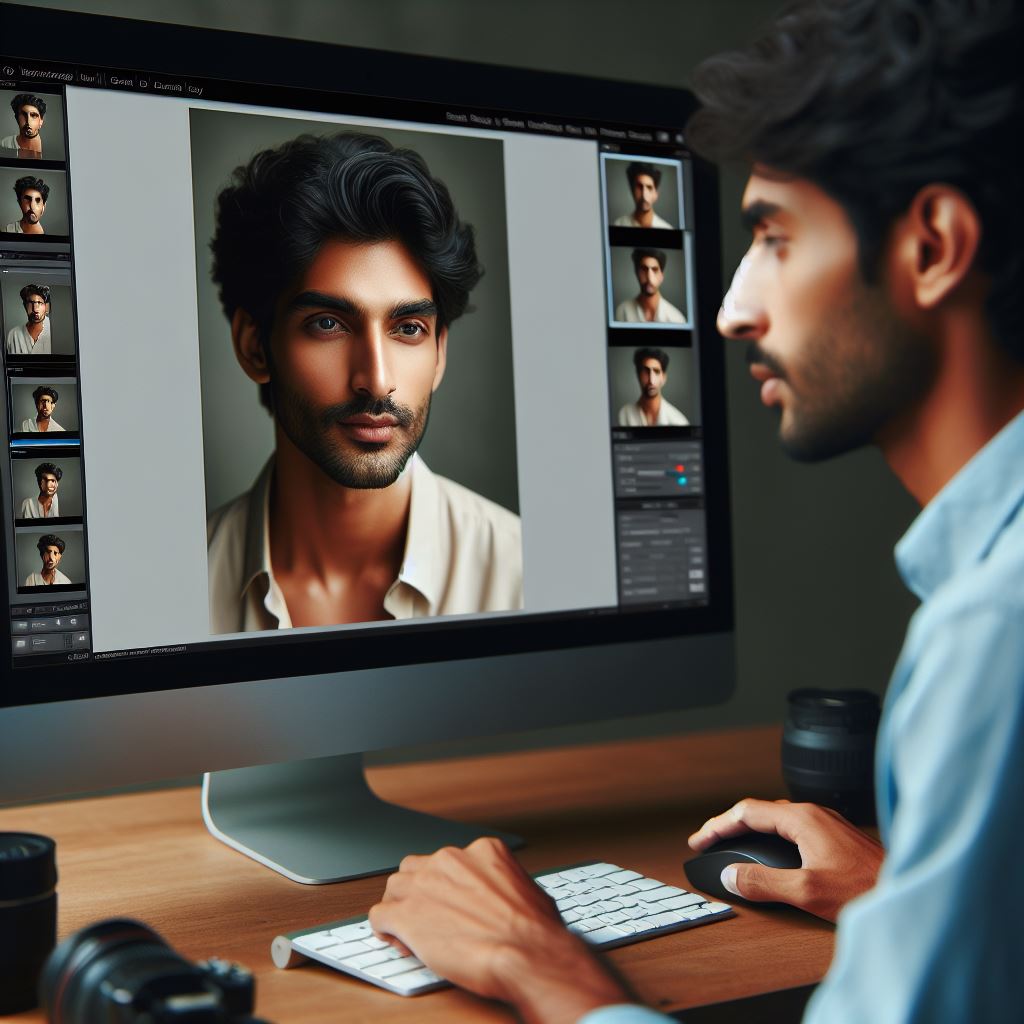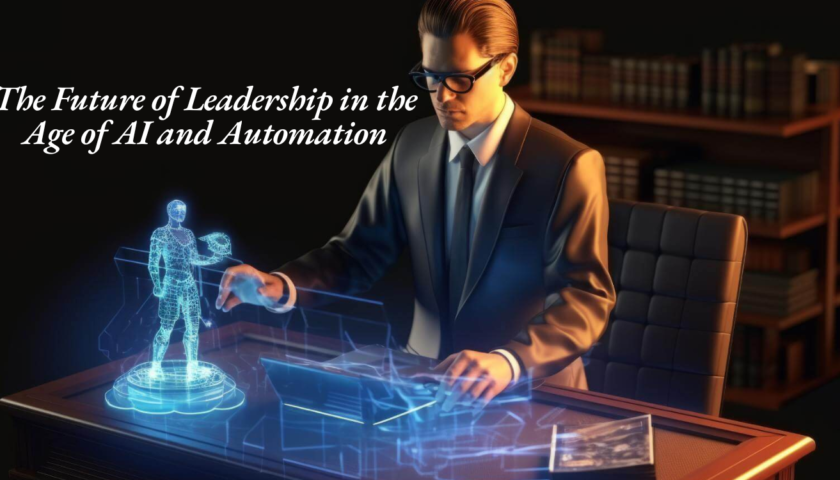In today’s digital world, the significance of headshots, especially when it comes to editing headshots, cannot be overstated. Whether it’s for professional profiles, social media, business websites, or personal branding, headshots play a crucial role in shaping an individual’s online presence. While first impressions are undeniably important, the impact of editing on headshots is often underestimated. This blog aims to delve into the realm of headshot editing, exploring its process, benefits, and considerations.
Understanding Headshots
A headshot is a close-up photograph that focuses on a person’s face, typically used in professional settings to convey a person’s appearance and personality. In the corporate world, headshots are commonly used for employee profiles, business websites, and marketing materials. They are also essential for actors, models, and other professionals in the creative industry. In personal branding, headshots serve as a means to establish a visual identity and connect with an audience.
The types of headshots vary based on their intended use. Corporate headshots are often characterized by a formal and polished look, while creative headshots may allow for more artistic expression. Personal branding headshots aim to convey a specific image that aligns with an individual’s personal brand. Each type may require different editing approaches to best represent the subject and achieve the desired impact.
Editing headshots is an essential aspect that significantly contributes to the quality of a headshot, alongside elements like lighting, composition, background, and expression. Proper lighting can enhance facial features and create a flattering look, while a well-composed shot ensures visual appeal and professionalism. The background should complement the subject without being distracting, and the subject’s expression should convey the intended message.
The Editing Process
The editing process begins with an initial assessment of the raw headshot. This involves evaluating areas that can be improved through editing to enhance the overall impact of the image. Common editing techniques include color correction, retouching, background editing, cropping and framing, as well as more advanced techniques such as frequency separation and dodge and burn. When focusing on editing headshots, you might refine facial features, adjust lighting, and enhance overall appearance for a polished look.
Color correction involves adjusting hues, saturation, and contrast to achieve a balanced and visually appealing look. Retouching addresses blemishes, skin smoothing, and feature enhancement to create a polished appearance. Background editing may involve changing or softening the background to draw attention to the subject, while cropping and framing adjustments ensure that the subject remains the focal point with proper composition. Advanced techniques like frequency separation and dodge and burn allow for more refined editing effects.
The Impact of Editing Headshots
Effective editing can transform an ordinary headshot into a professional image that exudes credibility. It can also align with personal branding by incorporating specific color schemes and style choices that reflect the individual’s brand identity. A well-edited headshot has the potential to boost the subject’s confidence, leading to better opportunities in their professional endeavors.
- Professional photo editing enhances the visual appeal of headshots, making them more engaging and attractive.
- Editing can correct imperfections, improve lighting, and enhance overall appearance for a polished look.
- Well-edited headshots can boost confidence, credibility, and trustworthiness in individuals.
- Consistent editing ensures that all headshots align with branding guidelines, creating a cohesive and professional image.
- Editing allows for the highlighting of key features and details, providing a comprehensive view of an individual’s image.
- Effective editing strikes a balance between enhancing natural features and maintaining authenticity in headshots.
- Editing headshots can evoke emotions, create desire, and establish a connection with viewers, influencing their perception.
- Proper editing addresses common issues like inconsistent lighting, distracting backgrounds, and poor composition for a more impactful image.
- High-quality resolution through editing is essential for instilling confidence in viewers and enhancing the overall visual appeal.
- Editing can transform an ordinary headshot into a professional image that exudes credibility and professionalism.
- Through editing, individuals can maintain authenticity while presenting themselves in the best possible light for a lasting impression.
Balancing Authenticity and Perfection
While editing headshots is crucial for enhancing the visual appeal, there’s a fine line between enhancing natural features and over-editing to the point of creating an unnatural appearance. It is crucial to maintain authenticity and preserve the subject’s unique features and personality through the editing process. Case studies or before-and-after examples can illustrate successful editing that enhances without overdoing it.
Choosing a Professional Editor
Selecting a professional headshot editor requires careful consideration of factors such as experience, portfolio, and client reviews. Effective communication between the subject and editor is key to achieving the desired outcome, ensuring that the editing aligns with the subject’s vision. Cost considerations should also be taken into account, with typical pricing ranges for headshot editing and factors that may affect the overall cost.
DIY Editing Headshots Tools and Techniques
For those interested in exploring do-it-yourself (DIY) editing, popular software such as Adobe Photoshop and Lightroom are commonly used for headshot editing. Basic editing tips for beginners can provide a starting point for individuals looking to edit their own headshots. However, it is important to weigh the pros and cons of DIY editing, considering both its benefits and drawbacks compared to seeking professional assistance.
- Adobe Photoshop: A powerful software for advanced editing features like retouching, color correction, and background removal.
- Adobe Lightroom: Ideal for batch editing, color correction, and enhancing overall image quality.
- GIMP (GNU Image Manipulation Program): A free and open-source alternative with tools for retouching, color adjustments, and effects.
- Canva: User-friendly platform for basic editing tasks like cropping, resizing, adding text, and filters.
- Pixlr: An online photo editor offering tools for retouching, color adjustments, and creative effects.
- Snapseed: Mobile app for editing headshots on-the-go, with features like selective editing, filters, and enhancements.
- Fotor: Online tool with a range of editing options including retouching, filters, and effects for headshots.
- PicMonkey: User-friendly platform for editing headshots with features like touch-up tools, overlays, and textures.
- Paint.NET: Windows-based software with tools for basic editing tasks like cropping, resizing, and color adjustments.
- VSCO: Mobile app known for its filters and editing tools to enhance headshots with a unique aesthetic.
Gleevape Disposable Vape Wholesale Bulk
In conclusion, while first impressions are significant, the role of editing in elevating headshots should not be overlooked. By understanding the process, benefits, and considerations of editing headshots, individuals can effectively leverage this powerful tool to enhance their professional image, align with their personal branding, and make a lasting impact in today’s digital landscape.





